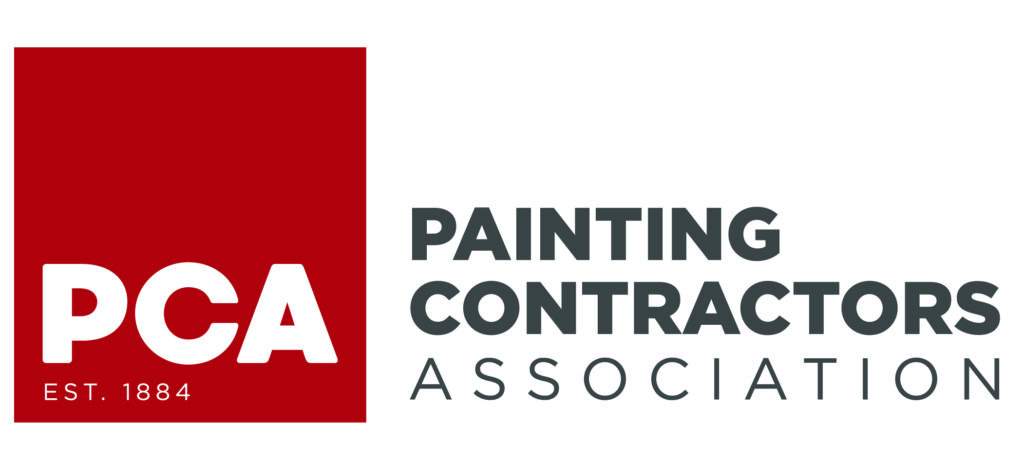When it comes to preserving historic buildings, one of the most crucial elements is selecting the appropriate paint.
Choosing the right paint not only ensures the longevity and authenticity of the structure but also complies with historical preservation standards.
For expert guidance and professional results, consider hiring a commercial painting company experienced in historical preservation projects.
This article delves into the considerations and guidelines for selecting paints that meet these standards, ensuring both aesthetic and structural integrity.
Understanding Historical Preservation Standards
Historical preservation standards are designed to maintain the integrity and authenticity of historic properties.
These standards often involve meticulous attention to detail, ensuring that any modifications or repairs respect the building’s original materials, construction techniques, and historical significance.
Paint plays a significant role in this process, as it can affect both the visual appeal and the physical condition of the building.
Research the Original Paint
Before selecting a paint, it’s essential to research the original paint used on the historic building.
This process involves examining old photographs, architectural drawings, and physical samples.
The goal is to understand the type of paint used initially, including its color, finish, and composition.
- Historical Paint Types: Historic buildings often use oil-based paints, which are different from modern latex paints. Oil-based paints provide durability and flexibility, which are crucial for older structures.
- Color Research: Identifying the original color palette is crucial. Historic preservation guidelines often require the use of colors that were historically accurate for the period during which the building was constructed.
Select Paints That Match the Historic Composition
Once you have a clear understanding of the original painting, choose a modern painting that matches the historic composition as closely as possible. Here are key considerations:
- Types of Paint: Traditional oil-based paints are often preferred for landmark preservation due to their adherence to older architectural elements. However, modern linseed oil-based paints are also available and can be a suitable alternative.
- Pigments and Fillers: Use paints with pigments and fillers similar to those found in historical paints. Historic paints often contained natural pigments and fillers like lead or chalk, which modern paints typically replicate with synthetic alternatives.
Consider Paint Performance and Durability
Historic buildings are subject to environmental factors such as moisture, temperature changes, and UV exposure.
Therefore, the selected paint must be durable and perform well under these conditions.
- Breathability: Historic buildings often require paints that allow the structure to breathe, preventing moisture buildup and damage. Traditional oil-based paints and modern breathable acrylic paints can offer this property.
- Adhesion and Flexibility: Choose paints that provide excellent adhesion and flexibility. Older buildings can experience settling and movement, so the paint must accommodate these changes without cracking or peeling.
Adhere to Preservation Guidelines
Different regions have specific preservation guidelines and standards that must be followed.
These guidelines ensure that any work done on historic buildings is respectful of their historical and architectural significance.
- Consult Preservation Experts: Engage with historical preservation experts or local preservation societies to understand the guidelines that apply to your project. They can provide valuable advice on paint selection and application.
- Compliance with Regulations: Ensure that the chosen paint complies with local and national regulations related to historical preservation. Some regions have strict standards for the types of materials and methods used.
Test Paint Samples
Before committing to a complete application, test paint samples on a small, inconspicuous area of the building. This allows you to evaluate the color, finish, and adherence of the paint under real-world conditions.

- Mock-Up Application: Apply a small section of paint to a test area and observe it over time. Check for issues like color mismatches, peeling, or adverse reactions to the building’s surface.
- Consult with Experts: Seek feedback from preservationists or professional painters experienced in historical projects to ensure the paint meets the necessary standards.
Prepare the Surface Properly
Surface preparation is a critical step in any painting project, particularly for historic buildings.
Proper preparation ensures that the paint adheres well and performs as expected.
- Cleaning: Thoroughly clean the surface to remove dirt, mold, and old, failing paint. Use gentle cleaning methods that do not damage the historic material.
- Repairing: Address any repairs needed before painting. This may include fixing cracks, replacing damaged materials, and ensuring the surface is stable and sound.
Apply Paint with Care
Applying paint to a historic building requires skill and attention to detail. Proper application techniques help achieve a professional finish and ensure the longevity of the paint.
- Techniques: Use appropriate application techniques for the chosen paint type. For example, oil-based paints may require different application methods compared to acrylic paints.
- Multiple Coats: Apply numerous coats of paint if necessary, allowing adequate drying time between coats. This enhances the paint’s durability and coverage.
Maintain and Monitor the Paint
After the painting is complete, ongoing maintenance is essential to preserve the appearance and condition of the paint. Regular inspections and maintenance help prevent issues and address them promptly.
- Inspection: Periodically inspect the painted surfaces for signs of wear, damage, or deterioration. Early detection allows for timely repairs and maintenance.
- Cleaning and Touch-Ups: Clean painted surfaces using gentle methods that do not damage the paint. Perform touch-ups as needed to address minor issues and maintain the building’s appearance.
Conclusion
Choosing paints that meet historical preservation standards is essential for maintaining the integrity and beauty of historic buildings.
By carefully researching original paints, selecting appropriate modern alternatives, and adhering to preservation guidelines, you can ensure that your restoration project is both authentic and durable.
Proper surface preparation, meticulous application, and ongoing maintenance further contribute to the successful preservation of your building.
For expert guidance and professional painting services that respect historical preservation standards, visit us at Bravo Painting.
We offer specialized expertise to help you achieve the perfect finish for your historic property.
FAQs
Why is choosing the right paint essential for historic preservation?
Choosing the right paint is crucial for maintaining the authenticity and longevity of historic buildings. It ensures that modifications or repairs respect the building’s original materials, construction techniques, and historical significance, thereby preserving its visual appeal and structural integrity.
How can I research the original paint used on a historic building?
To research the original paint, examine old photographs, architectural drawings, and physical samples if available. This helps identify the type of paint used, including its color, finish, and composition. Understanding these elements is essential for selecting a painting that matches the historic composition.
What types of paint are suitable for historic buildings?
Traditional oil-based paints are often preferred for historic preservation due to their durability and flexibility. Modern linseed oil-based paints are also a suitable alternative. It’s essential to choose paints with pigments and fillers similar to those found in historical paints.
How do I ensure the paint I choose matches the historic composition?
Select paints that replicate the historic composition as closely as possible. This includes using pigments and fillers similar to those in historical paints. Modern alternatives should mimic the characteristics of the original materials, such as natural pigments and fillers like lead or chalk.
What performance factors should I consider for paint on historic buildings?
Consider the paint’s breathability, adhesion, and flexibility. Historic buildings require paints that allow the structure to breathe to prevent moisture buildup. The paint should also adhere well and flex with the building’s movements to avoid cracking or peeling.
How do I adhere to preservation guidelines and standards?
Consult with historical preservation experts or local preservation societies to understand applicable guidelines. Ensure the chosen paint complies with regional and national regulations related to historical preservation and follows any specific standards for materials and methods.
Should I test paint samples before completing the application?
Yes, testing paint samples on a small, inconspicuous area is essential. This allows you to assess the color, finish, and adherence under real-world conditions. Apply a mock-up section and observe it over time for any issues, such as color mismatches or peeling.
What is the importance of proper surface preparation before painting?
Proper surface preparation is critical for ensuring paint adhesion and performance. This involves thoroughly cleaning the surface, addressing any necessary repairs, and ensuring that the surface is stable and sound before applying paint.
What are the best practices for applying paint to historic buildings?
Use appropriate application techniques for the chosen paint type. If necessary, apply multiple coats, allowing adequate drying time between coats. Careful application helps achieve a professional finish and ensures the paint’s durability.
How should I maintain and monitor the paint on a historic building?
Regularly inspect painted surfaces for signs of wear, damage, or deterioration. Perform gentle cleaning and touch-ups as needed to address minor issues and maintain the building’s appearance. Ongoing maintenance helps preserve the paint and the building’s overall condition.
Can I use modern paints on historic buildings if they mimic the original materials?
Yes, modern paints can be used if they closely mimic the original materials in terms of composition, color, and finish. It’s crucial to choose paints that replicate the properties of historic paints, including breathability and flexibility, to ensure they are compatible with the building’s needs.
What should I do if I encounter unexpected issues with the paint application on a historic building?
If unexpected issues arise, such as color discrepancies or poor adhesion, consult with preservationists or professional painters experienced in historic projects. They can guide in resolving the problems and ensuring that the paint application meets historical preservation standards. Prompt action can prevent further damage and maintain the building’s integrity.



